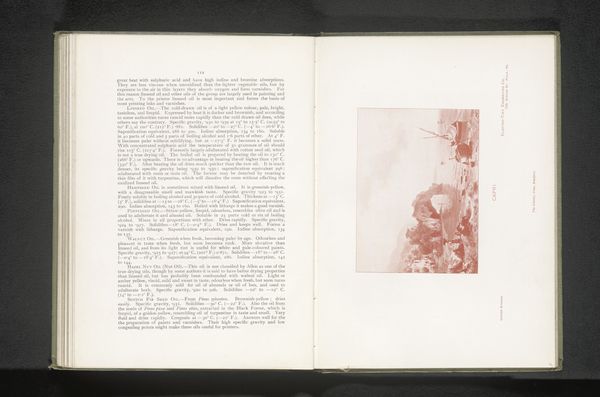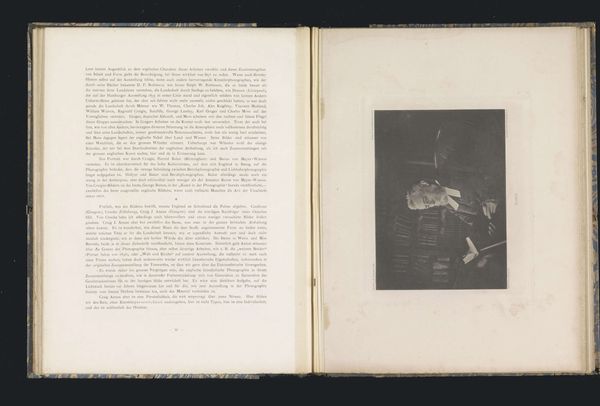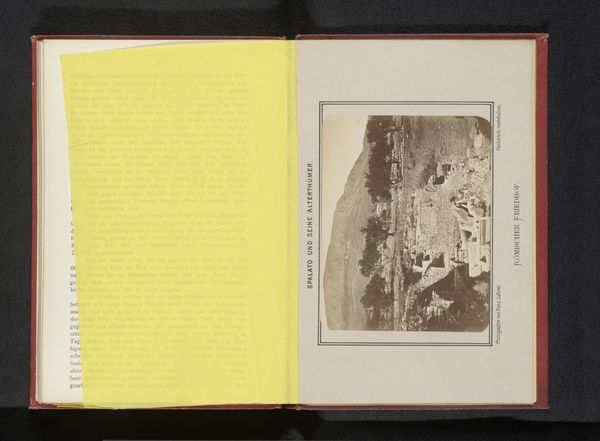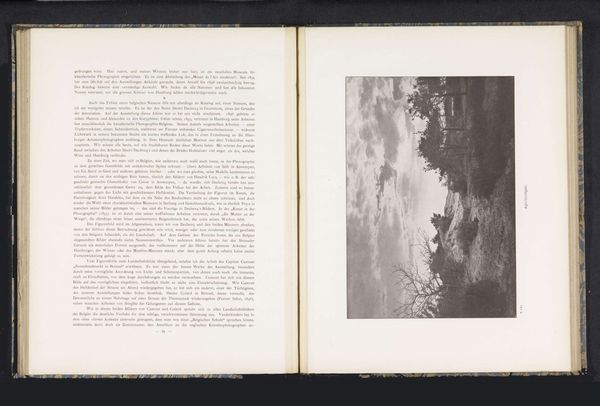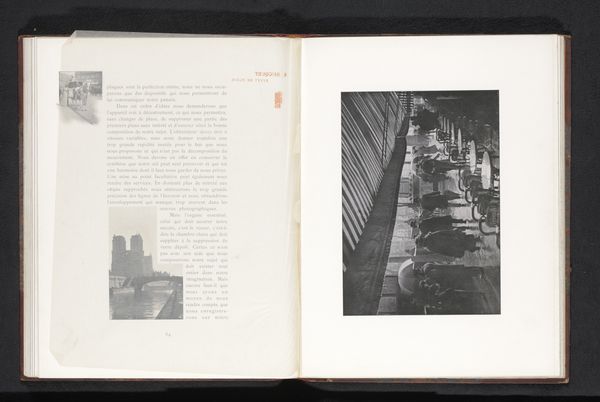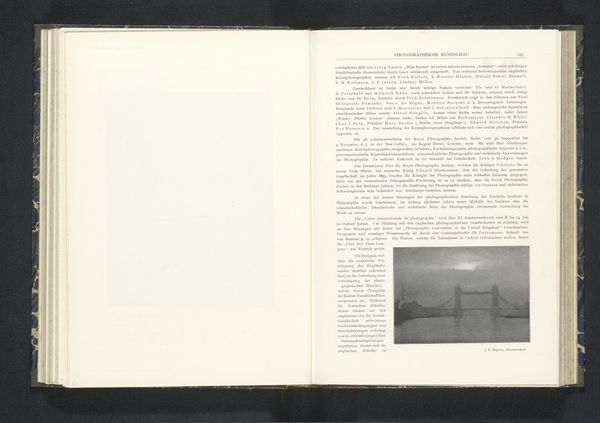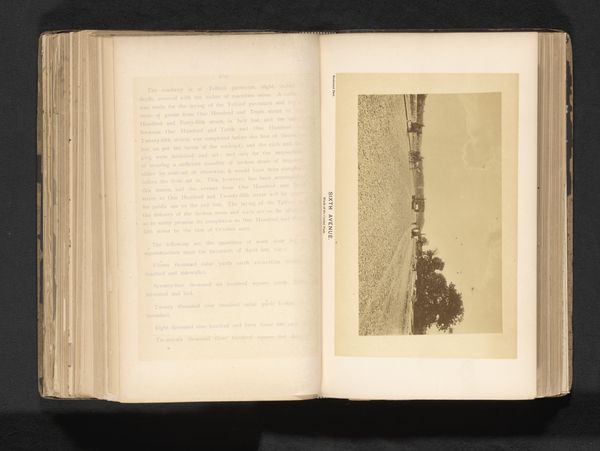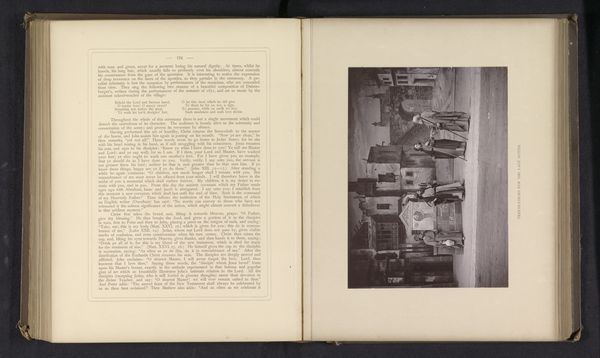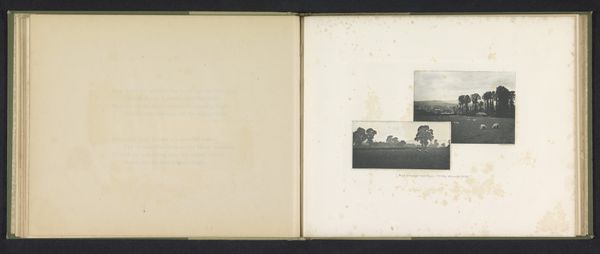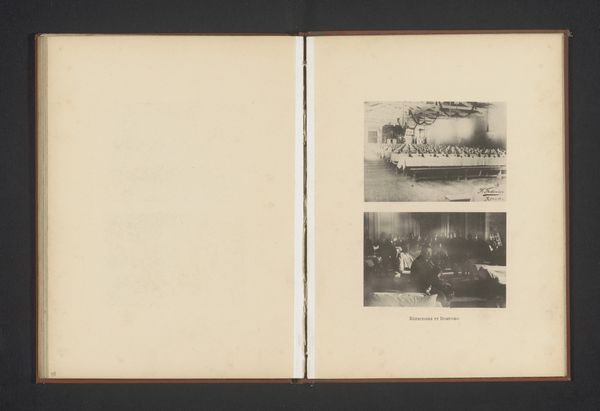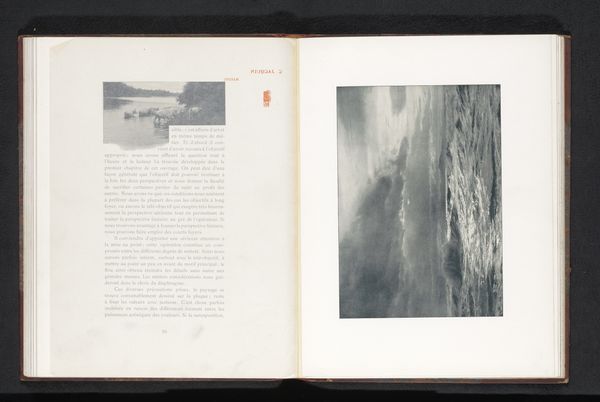
photography, gelatin-silver-print
#
portrait
#
pictorialism
#
landscape
#
photography
#
gelatin-silver-print
Dimensions: height 98 mm, width 129 mm
Copyright: Rijks Museum: Open Domain
Curator: This evocative photograph is titled "Maaier op het land, met op de achtergrond een kerktoren," which translates to "Mower in the Field, with a Church Tower in the Background." It's attributed to Nicola Perscheid and dates from before 1901, utilizing a gelatin silver print. Editor: It strikes me as a potent symbol of labor set against the enduring presence of faith. The lone figure dominating the frame is the laborer and his tool. I almost feel the weight of the scythe on his shoulders, see his dedication. Curator: Indeed. The figure’s stance, with the scythe across his shoulders, is reminiscent of classical depictions of laborers, yet rendered in the soft focus characteristic of Pictorialism. It represents a shift, doesn’t it? Elevating rural labor as an artistic subject in a rapidly industrializing world. The choice to soften focus might reflect society attempting to glorify an idealized past? Editor: Exactly! Note how the church tower in the background grounds this image in timeless themes. The contrast highlights tension between daily toil and something eternal, unchanging, spiritual. It recalls paintings from much earlier eras, perhaps reflecting anxieties during the era it was made as cities grew at an astonishing rate? Curator: Perscheid, known primarily for his portraits, reveals a broader interest here in landscape and the social role of agricultural labor. The Pictorialist style deliberately eschewed sharp detail, aiming for an atmospheric effect akin to painting or etching. How does this choice alter our perception? Editor: It moves us away from simple documentation and towards something more archetypal. By softening the focus, Perscheid encourages us to consider the symbolism. The mower embodies human endeavor; the church, societal structure and transcendent hope. Even that solitary tree contributes to a sense of timeless continuity. I am caught by the contrast: The tower feels unmoving while the man seems in fluid movement. Curator: Well, reflecting on it, I'm reminded of how art often captures underlying societal tensions and the evolving definition of work in a changing world. It brings together the human need for purpose and societal growth through labour, all presented via what were likely difficult photographic processes. Editor: I leave this image now with the man. May we learn how to pause sometimes and see all in context - even during labour.
Comments
No comments
Be the first to comment and join the conversation on the ultimate creative platform.
